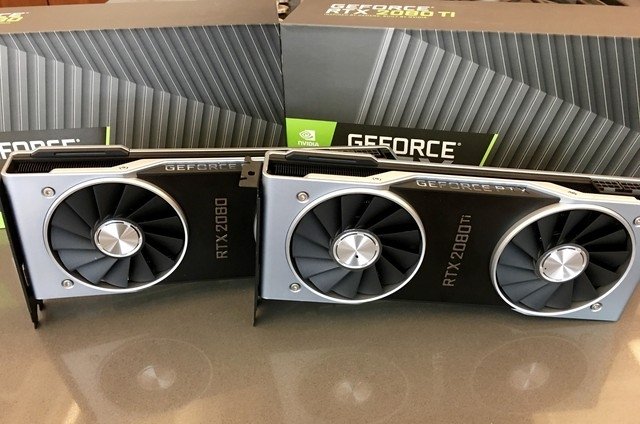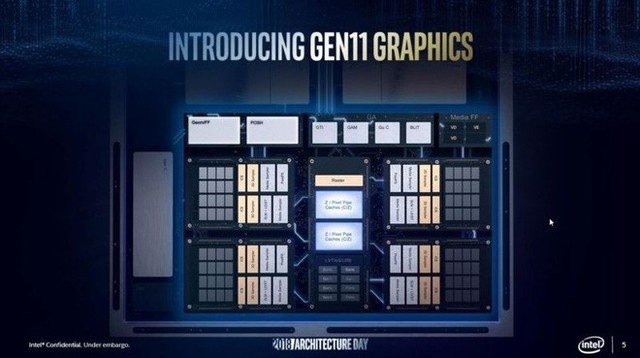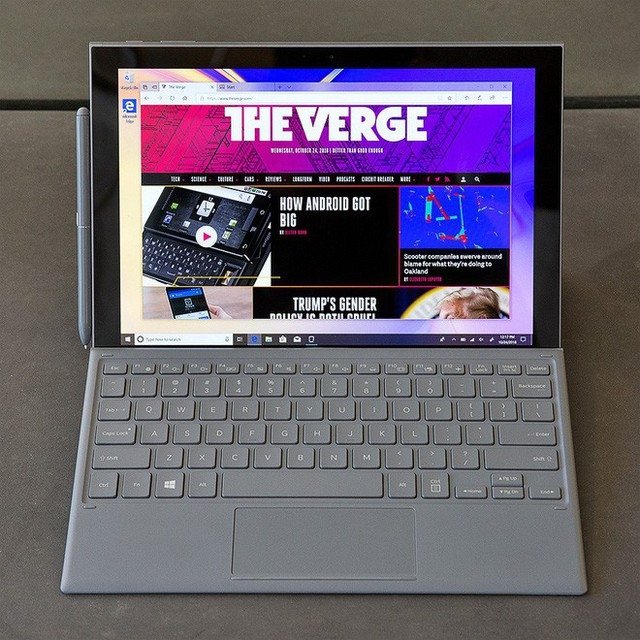
Two years ago, Microsoft announced that Windows 10 would be compatible with ARM processors, including Qualcomm’s Snapdragon chip line that appears on mobile phones.
Responding to this expectation, Samsung launched the Galaxy Book 2. This 2-in-1 computer is basically no different from the Surface Pro: a tablet with a detachable keyboard and a stylus, running the operating system.
Theoretically, Book 2 is the Surface Pro that every fan of this type of computer has been looking for: an ultra-compact, always-connected computer that can last a long day on a single charge.
Advantage:
– Thin, light
– Buffalo battery
– Integrated LTE
– Keyboard and pen included
Defect
– Windows 10 on ARM still has software compatibility issues
– 4GB RAM is too limited
– The processor is not powerful enough to handle heavy tasks
At a glance, the Galaxy Book 2 is almost indistinguishable from the Surface Pro.
Another difference between the Book 2 and the Surface Pro is the display: The Book 2 has a 3:2, 12-inch Super AMOLED touchscreen that is sharp and vibrant.
Other differences can be found on the sides of the device: Book 2 has 2 USB-C ports (both of which can be used to charge the device), and a fingerprint sensor in the upper right corner behind the screen.
Samsung has equipped the Book 2 with speakers tuned by AKG on the sides of the device;

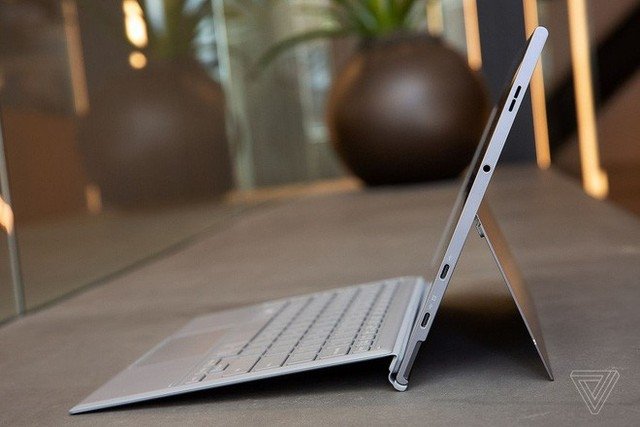

Inside the box also includes a full-size keyboard with backlight and large trackpad.
The same thing happens with the Book 2’s S-Pen: it’s fully functional, feels pressure perfectly, but the S-Pen’s finish and design can’t match the stylus’s.

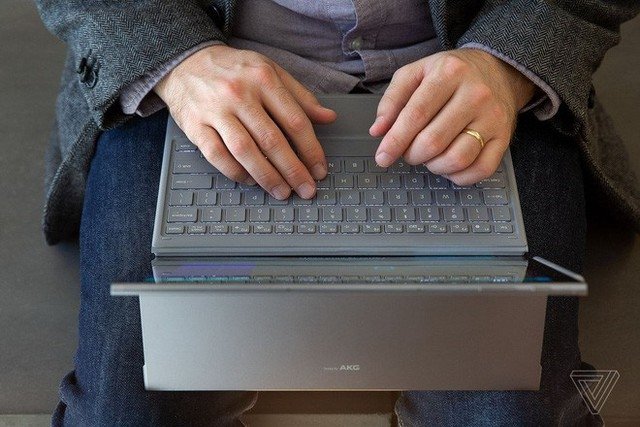
Inside, things are a little different.
Configuration of Samsung Galaxy Book 2
– 12-inch Super AMOLED touch screen, resolution 2,160 x 1440 pixels
– Qualcomm Snapdragon 850 processor
– 4GB RAM, 128GB internal memory
– Rear camera 8mpx, front camera 5mpx
– 2 USB-C ports, 1 microSD card slot, 3.5mm headphone jack
– Dimensions: 11.32-inch x 7.89-inch x 0.3-inch
– Weight: 0.8kg excluding keyboard
– Windows 10 Home (running S Mode)
– Price: 999 USD.
The Book 2 is one of the first devices to launch with the 850 chip. If you’ve used Always Connected PCs with the Snapdragon 835 chip before, you’ve probably guessed the problem: the line’s app compatibility.
The 850 chip, although improved compared to the previous generation, still cannot escape its fate.
You’ll quickly notice the Book 2’s limitations. It works well for light, simple everyday tasks, but as soon as you try running multiple tasks at once, or switching back and forth between an active web browser, you’ll quickly notice the Book 2’s limitations.
Book 2 will also stutter and freeze when switching between virtual desktops or simply opening the Start menu and searching with Cortana.
A small plus point for Book 2 is that it runs very quietly, because there is no fan, and is very cool even when running many tasks.
Overall, the experience of using the Samsung Galaxy Book 2 is… quite unpleasant.
Samsung may have come very close to creating a dream computer, but the Book 2 simply doesn’t have enough professional qualities for anyone to use it as a main machine for everyday work.
Reference: TheVerge

